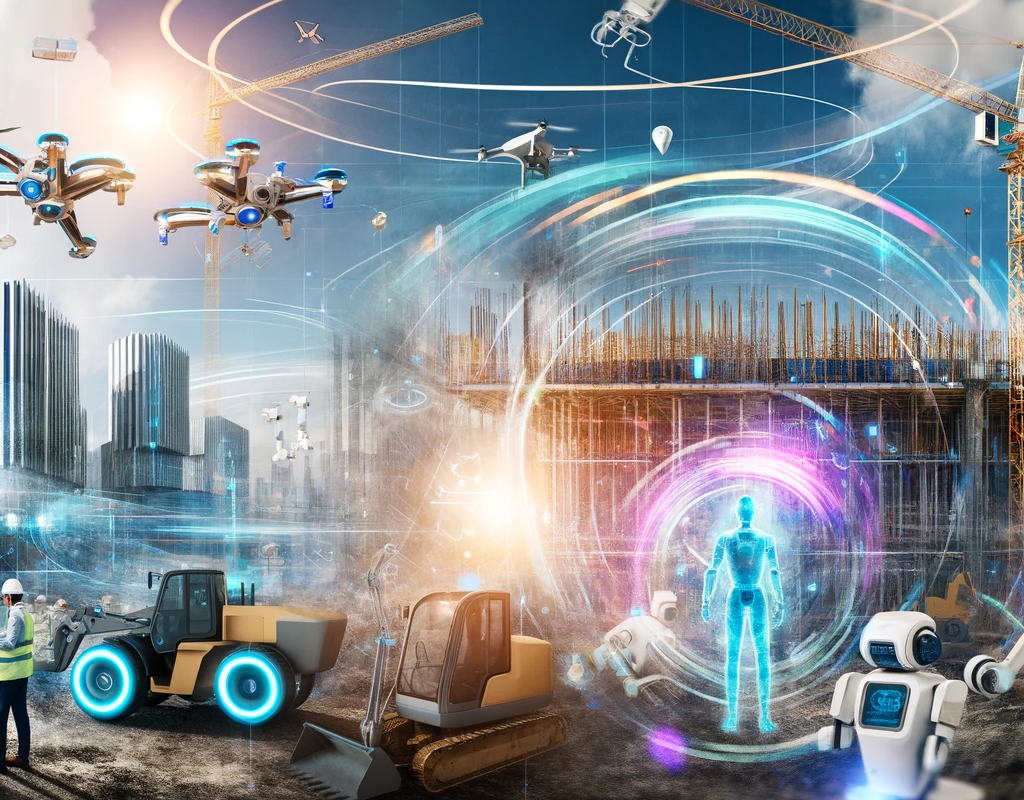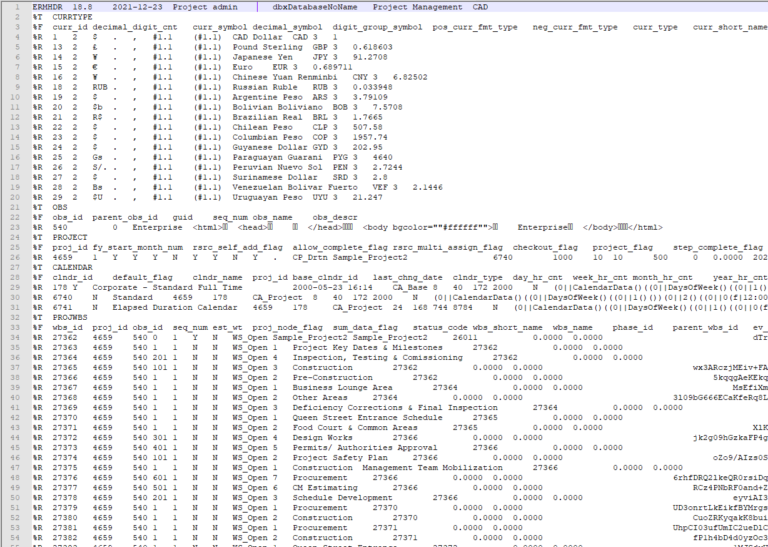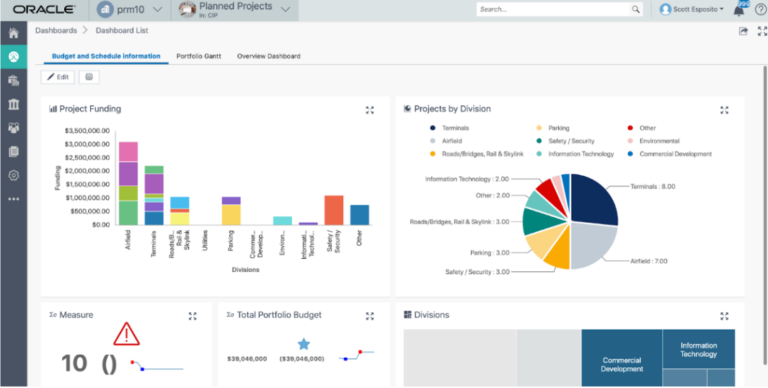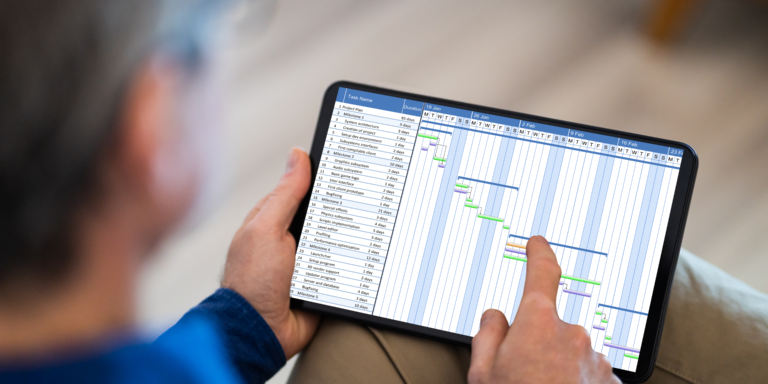The Future of Construction: Navigating Through AI, Robotics, and Emerging Technologies
The construction industry stands on the brink of a technological revolution, marked by the integration of artificial intelligence (AI), robotics, and other advanced technologies. This transformation promises to redefine project management, operational efficiency, and workplace safety.
AI and Machine Learning
AI and machine learning are spearheading predictive analytics, enabling better decision-making and risk management. From forecasting project delays to optimizing resource allocation, AI’s predictive capabilities ensure projects are completed on time and within budget.
Artificial Intelligence (AI) and Machine Learning (ML) involve creating algorithms and models that enable machines to learn from data, make decisions, and predict outcomes without being explicitly programmed for specific tasks. AI encompasses a broad range of technologies, including machine learning, where systems improve over time through experience. Machine learning is a subset of AI that uses statistical techniques to give computers the ability to “learn” from data, identifying patterns and making decisions. These technologies are transforming industries by enhancing efficiency, accuracy, and enabling the automation of complex tasks.
Construction Industry and AI
The construction industry is leveraging AI for decision-making to address challenges such as labour shortages, aging workforce, and project complexity. AI’s application in construction spans across project planning, risk assessment, and operational efficiency, revolutionizing how projects are managed and executed.
AI technologies enable predictive analytics, helping in risk assessment and optimization of construction processes, which includes anticipating project delays and optimizing resource allocation for improved safety and efficiency. For instance, AI-powered tools can forecast project risks, assess constructability, and the structural stability of technical solutions, much like predictive applications used in the pharmaceutical industry.
Available Tools
Software like ClickUp utilizes AI for scheduling and predictive analytics, facilitating construction management by identifying potential bottlenecks and optimizing task scheduling based on team availability and project priorities. Another example, OpenSpace.ai, offers an AI-powered visual documentation platform that captures comprehensive 360-degree walkthroughs of construction sites, creating digital twins that enable teams to analyse progress and detect discrepancies efficiently during the preconstruction phase.
Robotics integrated with AI, such as in modular construction and 3-D printing, demonstrate the potential to further enhance productivity and safety on construction sites. Machine learning algorithms applied to robotics have trained robotic arms for precise movements, suggesting future applications in prefabrication techniques and maintenance operations across various sectors.
Moreover, AI’s role in enhancing project monitoring and risk management is evident through the use of neural networks and drone-generated images. These technologies enable the creation of 3-D “twin models” to match BIM-generated models, significantly reducing decision-making cycles in construction projects.
In conclusion, the adoption of AI and machine learning in the construction industry signifies a shift towards more data-driven, efficient, and safer construction practices. As these technologies continue to evolve, their integration into construction processes is expected to deepen, offering even greater benefits in terms of productivity, project management, and cost efficiency.
For more detailed insights and examples of AI in construction, you can explore the full articles from the World Economic Forum, McKinsey.
Robotics in Construction
Robotics offers unparalleled precision and efficiency, undertaking tasks ranging from bricklaying to complex installations. Robots not only enhance productivity but also minimize human exposure to hazardous conditions, improving workplace safety.
Robotics available on the market
Rebar Tying and Placement
Robots like TyBOT have revolutionized rebar tying in bridge construction, tying 1,100 intersections an hour, which vastly outperforms the productivity of human workers. This technology not only boosts efficiency but also mitigates the physical strain on workers. Additionally, developments are underway for robots capable of carrying and placing heavy rebar bundles, further enhancing productivity and safety on construction sites.
Layout Printing
Robots such as Dusty, which prints layouts directly onto construction surfaces using building information modelling, are making significant strides. By working five times faster than traditional layout methods, such robots improve efficiency and accuracy, demonstrating the potential of robotics in enhancing quality and productivity.
Advanced Robotics Solutions
Various innovative robotic solutions are making headway. For example, the Husky A200 robot assists by carrying tools and materials across sites, and GE’s Tunnelling Earthworm robot, designed for efficient and flexible tunnelling, showcases the diversity of robotic applications in construction. Additionally, Boston Dynamics’ robot dog, SpotWalk, is enhancing site monitoring with its ability to navigate tough terrains and capture real-time data.
Drones and Autonomous Vehicles
Project managers are increasingly deploying drones for 3D mapping, site inspection, and security, delivering crucial real-time updates and enhancing project management. Autonomous construction vehicles, like those developed by Built Robotics, are performing tasks such as excavation and grading without human operators, addressing safety concerns and compensating for labor shortages.
Humanoid Laborers
Prototypes like Japan’s HRP-5P, capable of performing tasks such as drywall installation with precision, and NASA’s Valkyrie robot, designed for space construction, illustrate the future direction of humanoid robots in construction. These developments hint at a future where robots could work alongside humans, or even independently, to perform complex construction tasks.
The integration of robots in construction faces challenges, including the need for workspace adaptation, the development of multipurpose robots, and overcoming industry resistance, particularly from labour unions in certain regions. The positive reception in countries like Japan actively demonstrates the varying pace of global adoption, where the industry views robotics as a solution to labor shortages and productivity issues.
The continuing evolution of robotics technology promises to expand its role in the construction industry significantly, aiming to tackle longstanding challenges and transform the execution of construction projects. The future of construction robotics lies in the collaboration between humans and robots, leveraging each other’s strengths to achieve safer, more efficient, and innovative construction practices.
Conclusion
Embracing these emerging technologies positions the construction industry for an era of unmatched efficiency, safety, and sustainability. The future of construction will not only see the realization of ambitious projects but will do so with greater precision, less waste, and enhanced worker safety. The integration of AI, robotics, and other technologies is not just transforming the industry; it’s setting a new standard for the built environment.
The intersection of technology and construction project management is where the future of the industry is being built. Innovations are not just tools but are reshaping the fundamentals of how projects are planned, executed, and delivered. With the support of tools like Neo-Project developing, the construction industry is well on its way to a more efficient, accurate, and sustainable future.
By embracing these technologies today, we can ensure a stronger, more resilient construction industry tomorrow, capable of overcoming the challenges of an ever-changing world.






